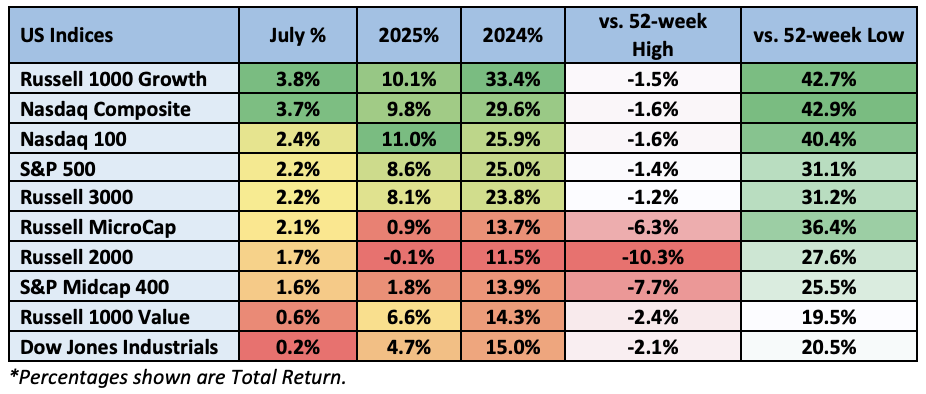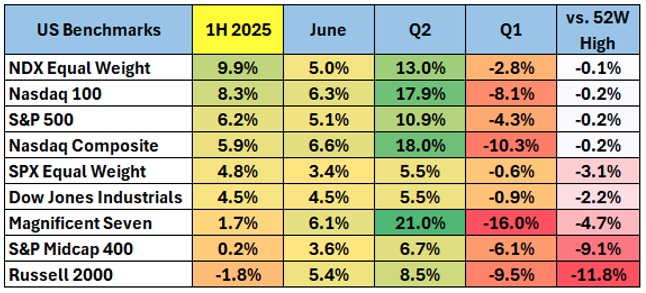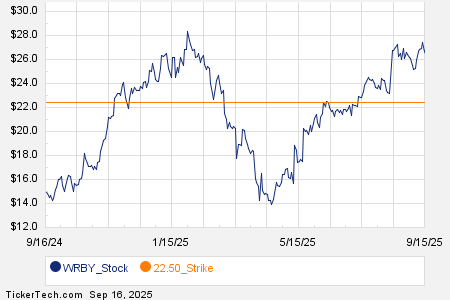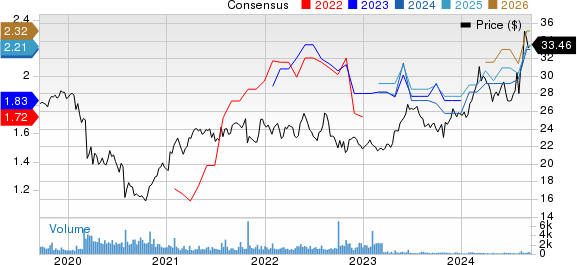Lending markets have undergone a profound evolution, departing from traditional bank-centric structures and adopting a more diverse and technologically advanced ecosystem, especially since the Global Financial Crisis (GFC). This transformation is fundamentally reshaping the landscape of capital aggregation and distribution.
Embracing Blockchain for Efficient Capital Flows
The role of traditional banks in capital distribution has waned post-GFC, creating an opportunity for fintech lending firms such as SoFi and Ramp. These companies have introduced innovative solutions, including buy now, pay later (BNPL) options, by harnessing online platforms, data analytics, and machine learning. However, challenges like archaic payment systems and SME funding gaps persist, hindering the efficiency of capital flows. Utilizing stablecoins can revolutionize fund disbursement by offering superior cost and speed, thus enabling fintechs to penetrate new markets with restricted access to traditional banking services.

Unlocking the $150 Trillion Opportunity
Post-GFC, private credit has witnessed significant growth, reaching $1.6 trillion and emerging as a competitive source of large-scale financing. Nevertheless, the growth of capital aggregation has historically been impeded by manual processes and numerous intermediaries, rendering it uneconomical to onboard a large number of smaller ticket LPs. Tokenization can address these inefficiencies, automating operational processes and making it more economically viable to underwrite smaller loans. Additionally, it democratizes investment opportunities, lowers barriers to entry for a broader spectrum of lenders, and enhances transparency, liquidity, and risk customization through smart contracts.
Pioneering Blockchain-based Credit Ecosystem
- Expanding the Role of Stablecoins in Capital Distribution:
- Tokenization in Alternative Asset Funds:
In 2023, companies like Visa, Mastercard, and Checkout.com integrated stablecoins into various applications. 2024 is anticipated to see broader adoption in global payments, driven by increasing regulatory clarity in jurisdictions such as Hong Kong and the UK. Stablecoin-based lending services are expected to have a profound impact in regions where traditional bank financing is inefficient or scarce.
Hamilton Lane and KKR have pioneered tokenization strategies to attract individual investors by reducing costs and lowering minimum subscription amounts. Looking ahead to 2024, more private credit funds are expected to explore the advantages of tokenization, while private credit lending solutions on DeFi continue to grow, addressing financing gaps in the real economy.
In conclusion, blockchain technology, through innovations like stablecoins and tokenization, is pivotal in advancing efficiency and access to capital markets.
The views and opinions expressed herein are the views and opinions of the author and do not necessarily reflect those of Nasdaq, Inc.









